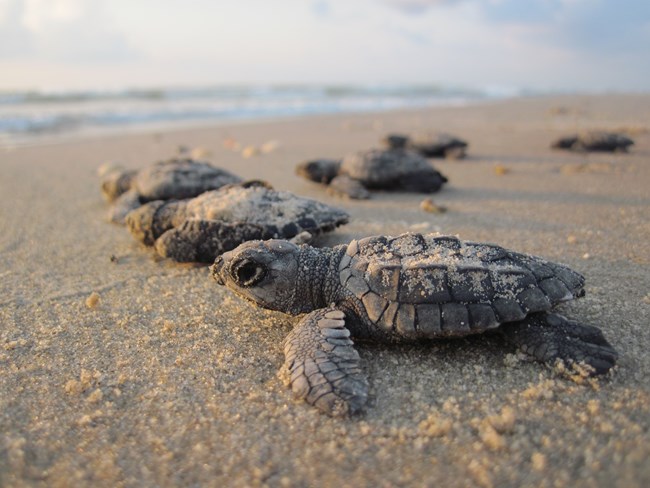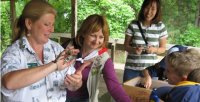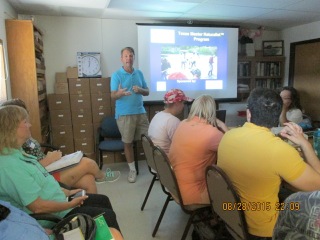As a Texas Master Naturalist, there are basic types of volunteer activities that you will need to log in to the Volunteer Management System or VMS. Login for VMS is found on this page and the front page of this South Texas website.
To remain “Certified,” each Texas Master Naturalist must accomplish 40 hours of Volunteerism in a year. Those hours must be recorded within 45 days of their occurrence.
Volunteer hours also include your travel time to/from home to the location of your service within the Chapter Region (Nueces, Kenedy, and Kleberg Cos.). A “reasonable?” test should be considered when counting travel time in volunteer events.
Watch the video on the VMS System presented by Cindy Frank and Matt Hendrix.
Note: Volunteer hours are distinctive and not exchangeable with Advanced Training hours.
Basic Categories for Volunteerism
- Chapter Business
- Meeting Attendance
- Functional Support
- Duties
- Public Outreach
- Direct Outreach
- Resource Management
- Field Research and Citizen Science
ANY question about the category and qualification of volunteer activity can be directed to our VMS Coordinator, Cindy Frank, at [email protected] Be sure and use subject: VOLUNTEER
Chapter Business is anything to do with making the chapter run, from meeting participation to the presidency, volunteer time gets logged. Almost any assigned role in the Chapter will accomplish the 40-hour goal. Chapter Business can be conducted in meetings or behind-the-scene. Planning, review, and implementation of chapter-related work, as a director or officer, counts as volunteerism.
Public Outreach would be a situation where the public comes to a booth or table or display that promotes the mission of the Chapter. For example, at TMN table at a garden show or setting up various nature items for people to handle and touch at a nature site. “Manning the Table” is Public Outreach. Public Outreach is, by its nature, exclusively face-to-face.
Direct Outreach is a presentation to an audience with learning objectives. It might be an audience of 1 to 1,000. It can be face-to-face or virtual. It can overlap/blend with PO activities. If you are standing and the audience is sitting, it is probably Direct Outreach. If you are sitting, and others are standing around asking questions, it is probably Public Outreach.
Resource Management is anything to do with materials. Picking up litter, planting, pulling weeds. If it involves a tool (trash grabbers, a shovel, or a hammer), it is resource management.
Field Research is a naturalist activity as part of a formally pre-approved effort. Counting hawks at Hawk Watch, under the supervision of the organizers is FR. Counting hawks for yourself is just fun.

Like Field Research, Citizen Science is a naturalist activity generally coordinated by an organization for TMN participation. However, a TMN can initiate a citizen science project with the approval and understanding of the chapter. Citizen Science will naturally produce a report beneficial to the community. No reporting is no science. There are several Citizen Science essays on our website HERE.
The figure below is a map of soil orders across our region. It was created by Jon Brandt, a retired soil expert. This effort could be considered exemplary citizen science – the report is the map, the beneficiaries are those who utilize it in the field.

Question about your hours? Take this self-test.
- Did I sweat? It was probably RM
- Did I use a powerpoint? It was probably DO
- Was I sitting down? It was probably PO.
- Did I have to enter data on an app or spreadsheet? Likely CS
- Was a clipboard involved? Let’s go FR
- Was I asked to do it by an officer or a director? Probably CB





